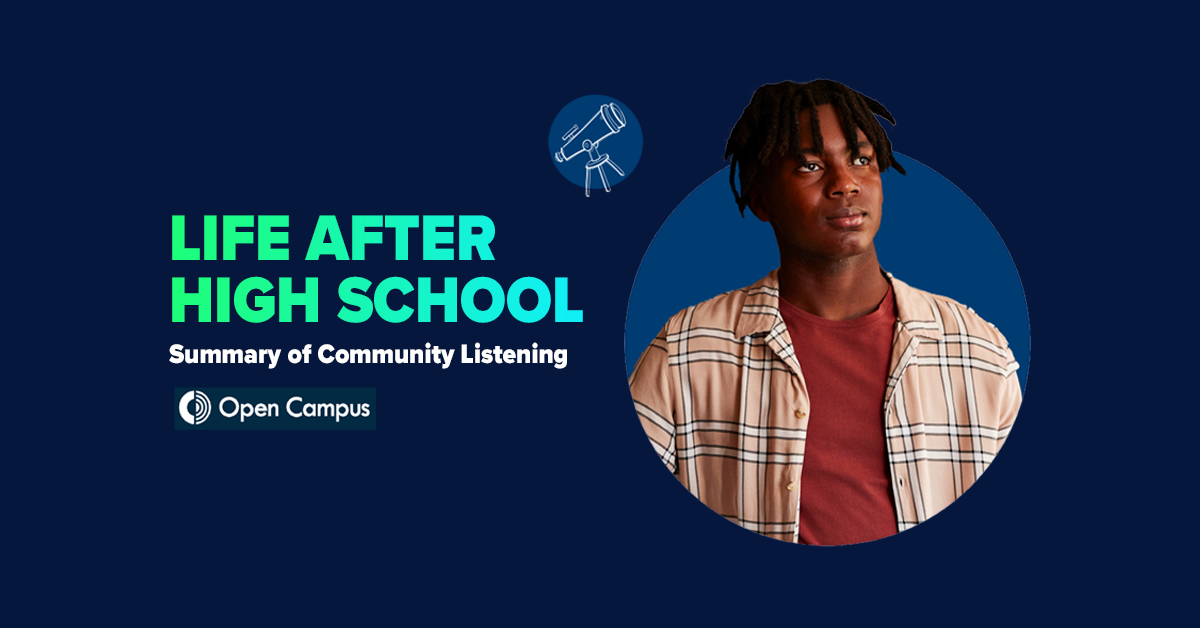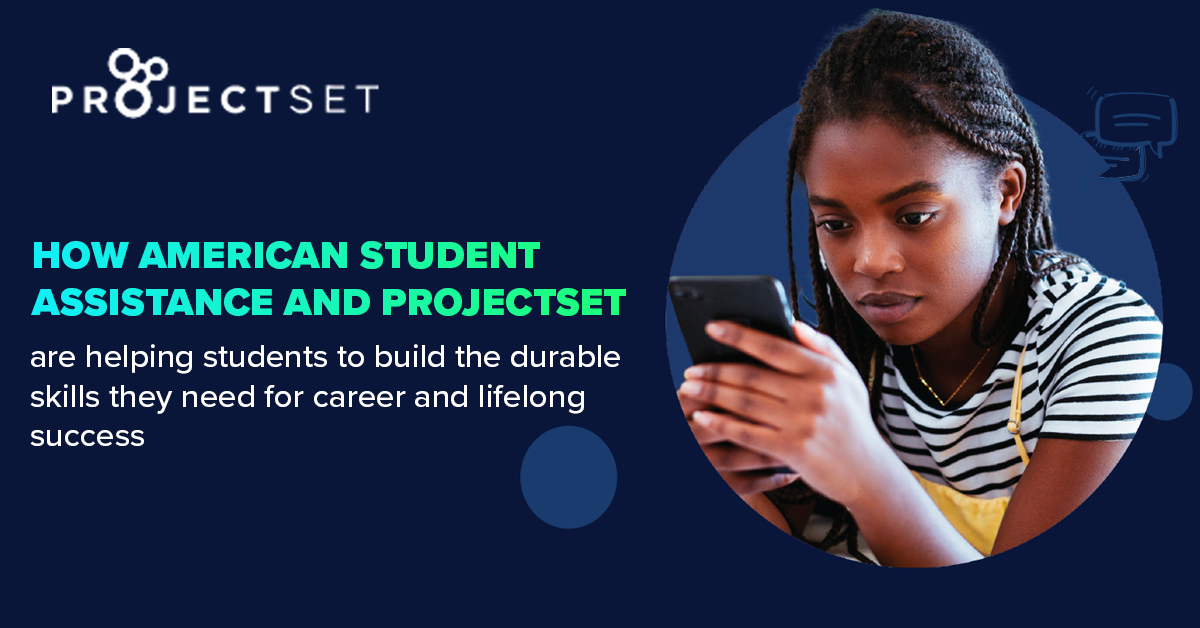At American Student Assistance® (ASA), we’ve long championed the importance of early career exploration to ensure that young people are equipped with the knowledge, skills, and confidence to make informed decisions about their futures. And as emerging technologies rapidly reshape the world of work, it’s never been more important to understand what today’s teens are thinking—and feeling—about the future.
Our latest insights, drawn from a March 2025 survey of ASA’s Project Waypoint online teen community with 134 respondents from across the United States1, shed light on one of the most disruptive forces in education and employment today: generative artificial intelligence (GenAI). The findings? Teens are diving headfirst into using GenAI tools, but they’re also increasingly anxious about what it means for their future careers.
GenAI Use is Skyrocketing, but Education is Lagging Behind.
In just over a year, the number of teens who regularly use common GenAI tools (like ChatGPT, Copilot, and Character.AI) nearly doubled—from 23% in early 2024 to 45% in 2025. A staggering 88% of teen respondents say they’ve used GenAI tools at least once. They’re primarily using it to support schoolwork—generating ideas, editing writing, solving math problems—but they’re also beginning to experiment with it for creative expression and life organization.
Yet, despite this surge in usage, only 28% of teens feel they’ve learned a lot about GenAI in school. That means the majority are navigating this powerful technology largely on their own—without the benefit of structured guidance, critical thinking tools, or curriculum to help them understand how GenAI intersects with their learning and future goals.
Moreover, 65% of surveyed students said their teachers allow little to no AI use in schoolwork or homework—something that could have broader implications for learning how to use these increasingly ubiquitous tools in ethical ways, particularly as they shape the future of work.
This gap between use and understanding is a wake-up call. If we want GenAI to be a driver of career confidence, not confusion, schools and other youth-serving organizations must step up to provide real-world digital literacy and career-connected learning.
Career Plans Are Shifting, Especially Among Creatives.

Perhaps the most striking finding? 40% of teens we surveyed now say they’re rethinking their career path because of GenAI—a significant jump from just 22% in 2024.
Many of these concerns are coming from teens who aspire to creative careers. Aspiring young artists, writers, and animators shared candid and emotional reflections about their fear that AI might replace the careers they’ve dreamed of—undermining not just job security, but their sense of identity and purpose. One teen put it plainly: “I used to want to be a graphic artist, but now I’m rethinking it. I don’t think there will be professional artists in 10 years.”
Conversely, teens planning for careers in client-facing or hands-on roles—like healthcare, law, or veterinary work—expressed fewer concerns, citing the human-to-human aspects of their chosen professions as irreplaceable by AI.
As another teen stated: “[AI]’s growing presence has made me rethink my future career path, but it has also led me to liking my future career as a nurse as I feel that nursing is not that replaceable by AI. It might be helpful for charting which can be tedious.”
This divide reveals an urgent need for career exploration experiences that help all students understand how technology will intersect with their fields of interest—not as a threat, but as a tool they can master.
GenAI Is Part of the Future. Teens Know It, Even If They’re Wary.
More than two-thirds of teens (68%) say they have a strong understanding of GenAI and how it’s used, and over half (52%) believe that GenAI will be part of their future jobs. At the same time, anxiety remains: 43% say GenAI “really scares” them, though that number is down from 53% in 2024.
The mixed emotions are clear. Teens recognize the power of GenAI, but without support from educators, parents, and mentors, they’re left to navigate its implications alone. This uncertainty is reflected in how few are currently using GenAI to plan their futures—only 18% report using these tools for college or career planning.
What Does This Mean for Youth Career Readiness?
At ASA, we see these findings as a call to action. GenAI isn’t just a new tool—it’s a transformative force that’s already impacting how teens think about learning, work, and what’s possible for their futures. If we’re serious about preparing young people for the workforce of tomorrow, we must:
- Integrate GenAI into career readiness programming, not just as a tech skill, but as part of a broader conversation about the future of work.
- Support educators and leaders of youth-serving organizations in developing curricula that foster digital literacy, ethical reasoning, and real-world problem solving using GenAI.
- Create safe spaces where teens can express their fears, explore career paths, and gain clarity—not confusion—about the evolving job landscape.
Today’s teens are curious, capable, and concerned. They deserve resources that meet them where they are—and empower them to lead in a world where GenAI is here to stay.
1The data source for this survey was 134 teens ages 13-19 who are part of ASA’s ongoing Project Waypoint online community of teens. 47% of respondents are 13-15 years old, 53% are 16-19 years old. 63% of respondents are female. 68% identify as a race or ethnicity other than white. The respondents came from regions across the US (Northeast 22%; Midwest 19%; South 34%; West 25%), with a majority (78%) attending public schools.



